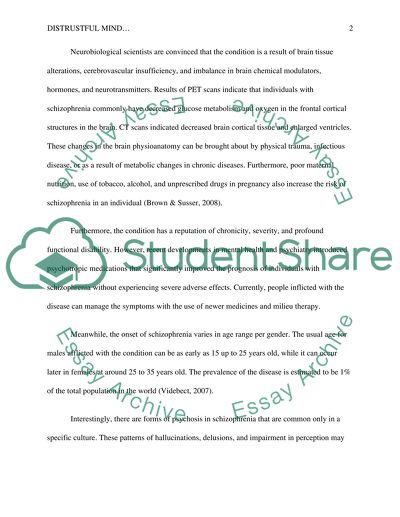Cite this document
(“The Distrustful Mind: A Case of Paranoid Schizophrenia Study”, n.d.)
Retrieved de https://studentshare.org/psychology/1391912-case-study
Retrieved de https://studentshare.org/psychology/1391912-case-study
(The Distrustful Mind: A Case of Paranoid Schizophrenia Study)
https://studentshare.org/psychology/1391912-case-study.
https://studentshare.org/psychology/1391912-case-study.
“The Distrustful Mind: A Case of Paranoid Schizophrenia Study”, n.d. https://studentshare.org/psychology/1391912-case-study.


